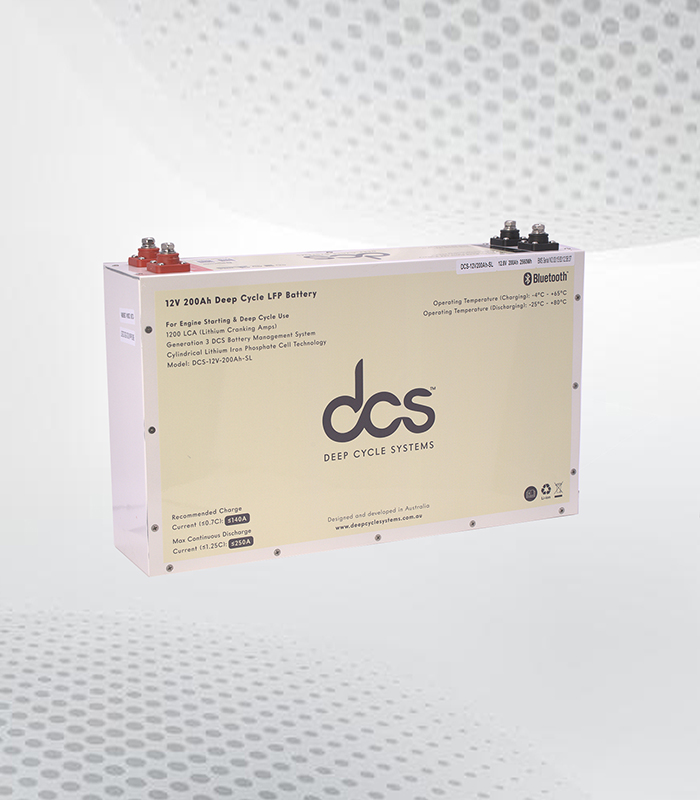In today’s fast-paced, technology-driven world, the demand for precise and accurate digital models has never been higher. Industries ranging from automotive to aerospace, architecture to manufacturing, all rely heavily on accurate designs and prototypes to fuel innovation and efficiency.
This is where 3D Scan to CAD conversion services come into play, bridging the gap between physical objects and their digital counterparts.
This article delves into the importance of 3D Scan to CAD conversion services, the process involved, and the benefits they bring to various industries.
What is 3D Scan to CAD Conversion?
At its core, 3D Scan to CAD conversion is the process of taking a physical object and converting it into a detailed, accurate digital model. The process begins with 3D scanning, a technology that captures the geometry of an object using laser scanners, photogrammetry, or structured light scanning techniques.
These scanners create a point cloud, which is essentially a set of data points in space that represent the surface of the object. This point cloud is then converted into a Computer-Aided Design (CAD) model, which can be manipulated, analyzed, and used in various applications.
The Process of 3D Scan to CAD Conversion
The 3D Scan to CAD conversion services process is a meticulous one, involving several stages to ensure accuracy and precision.
1. 3D Scanning
The first step involves capturing the physical object’s geometry using a 3D scanner. The type of scanner used can vary depending on the object’s size, material, and required detail level. The scanner generates a point cloud, which is essentially a 3D representation of the object’s surface.
2. Data Processing
After the scan, the point cloud data is processed to remove any noise or irrelevant data. This step is crucial as it ensures that the final CAD model is clean and accurate.
3. Mesh Creation
The cleaned point cloud is then converted into a mesh, a network of interconnected polygons that represents the object’s surface. This mesh can be further refined to capture more detail or to simplify the model for easier manipulation.
4. CAD Conversion
Finally, the mesh is converted into a CAD model using specialized software. This model can then be edited, analyzed, and used for various applications, such as product design, reverse engineering, and quality control.
Applications of 3D Scan to CAD Conversion Services
The applications of 3D Scan to CAD conversion services are vast, spanning various industries.
Reverse Engineering
One of the most common applications of 3D Scan to CAD conversion is reverse engineering. Companies often need to recreate an existing part or product for which no CAD data is available.
By scanning the physical object and converting it into a CAD model, engineers can analyze the design, understand its structure, and make necessary modifications.
Quality Control
In manufacturing, ensuring that parts meet exact specifications is crucial. 3D scanning allows for the comparison of manufactured parts with their original CAD models, identifying any deviations or defects. This process ensures that products meet the required quality standards.
Product Design and Development
3D Scan to CAD conversion service is also essential in product design and development. Designers can quickly create digital prototypes of physical models, test them in virtual environments, and make necessary adjustments before moving to mass production. This process saves time and reduces the cost of development.
Restoration and Conservation
In fields like archaeology and art conservation, 3D scanning allows for the digital preservation of artifacts and artworks.
These scans can be converted into CAD models, enabling researchers and conservators to analyze and restore these items with precision.
Read more: Importance of PDF to CAD Conversion Services in Modern Design
Benefits of 3D Scan to CAD Conversion Services
The benefits of utilizing 3D Scan to CAD conversion services are numerous, making it an invaluable tool in modern industry.
1. Accuracy and Precision
The primary benefit of 3D Scan to CAD conversion is the high level of accuracy it provides. The process captures even the most intricate details of an object, ensuring that the digital model is a true representation of the physical item.
2. Time and Cost Efficiency
By converting physical objects into digital models, companies can save significant time and resources. The need for manual measurements and drawings is eliminated, reducing the time required for design and development. Additionally, digital models can be easily modified and tested, reducing the cost of prototyping.
3. Versatility
3D Scan to CAD conversion is versatile, and applicable in various industries for different purposes. Whether it’s reverse engineering a part, ensuring quality control, or preserving a historical artifact, the process can be tailored to meet specific needs.
4. Enhanced Collaboration
Digital CAD models can be easily shared and collaborated on by teams across different locations. This ease of sharing ensures that all stakeholders are on the same page, facilitating better communication and decision-making.
Conclusion
3D Scan to CAD conversion services are transforming the way industries approach design, development, and quality control.
By converting physical objects into accurate digital models, companies can streamline their processes, reduce costs, and improve the precision of their products.
As technology continues to advance, the role of 3D Scan to CAD conversion in various industries is only set to grow, driving innovation and efficiency to new heights.
Embracing this technology is not just a matter of staying current; it’s about staying ahead in a competitive, rapidly evolving marketplace.
Whether you’re in manufacturing, design, or conservation, 3D Scan to CAD conversion services offer a pathway to more accurate, efficient, and innovative operations.




